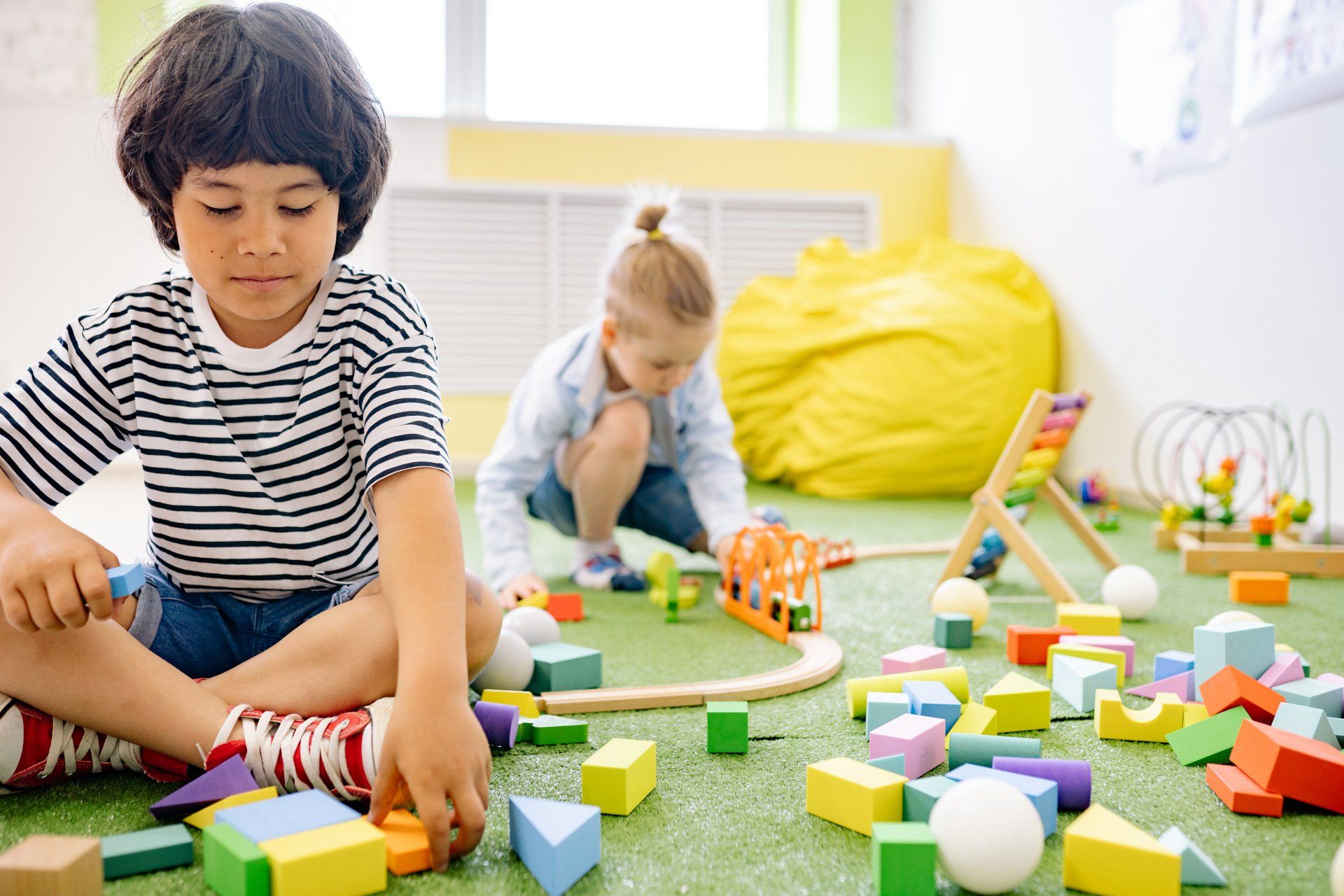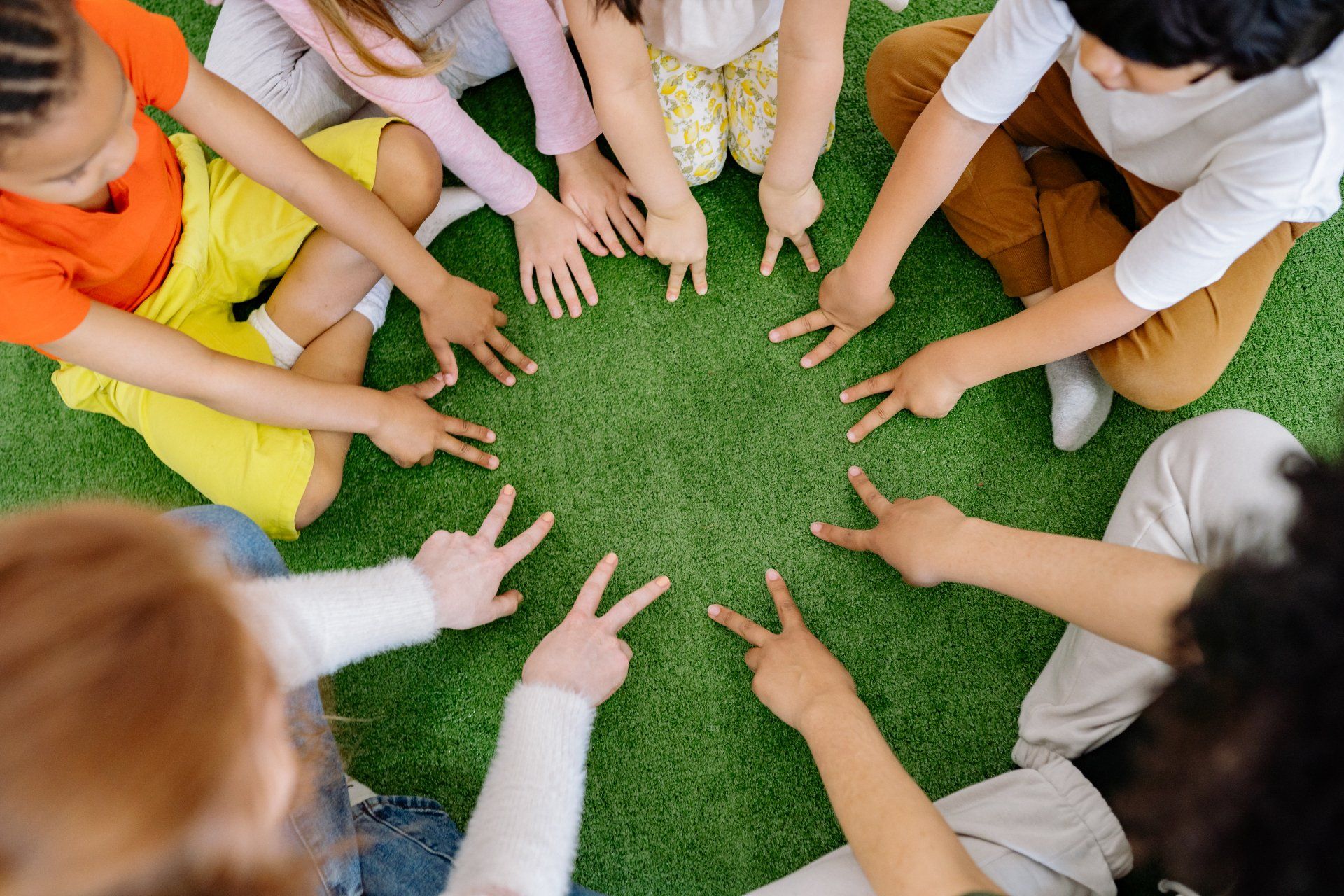Sensory processing and sensory processing difficulties
What is Sensory Processing?
SENSORY PROCESSING is the capacity to organise and evaluate the sensory data we receive. The central nervous system (CNS) is responsible for processing sensory information. Our central nervous system consists of the brain and spinal cord. Sensory processing problems can develop when the CNS fails to process sensory information normally.
There are seven systems that contribute to the creation of our sensory experiences.
Tactile Proprioception
Olfactory
Auditory gustation
Sensory Approaches
Sensory Visual Vestibular Processing
Auditory - hearing sense Vision - perception of sight
Vestibular – balancing sense
Tactile - pertaining to the sense of touch
Gustatory - pertaining to the sense of taste
Olfactory - perception of odour
Proprioception - body position perception
Sensory Processing Difficulties
Typically, children with sensory processing issues are:
• over-sensitive / over-responsive or
• under-sensitive / under-responsive.
These sections are grouped into four groups that describe how children cope with a variety of situations.
either excessive or insufficient sensory information.
Children with low sensitivity (Low Registration and Sensory Seeking)
Children with excessive sensitivity (Sensory Avoidance and Sensory Sensitivity)
As you instruct more children with challenges in sensory processing, you will discover certain students are easily categorizable, whereas others are not. For instance, Jack may exhibit every evident sign. Jill may have a combination of sensory sensitivity and low sensory seeking
registration practises. This is commonplace. Children might overlap over various
categories. Additionally, a child's disposition, the time of day, and recent experiences might influence behaviour. The way a child interprets the day.
Do not fret if you are unable to determine which category a youngster falls into. Utilize these classes to guide which research tactics you employ. Keep in mind that each pupil is hardwired
differently and has unique requirements. An approach may work very well for one youngster but not for another. ineffective for someone else. Determine which method works best for each learner by utilising your judgement and trial and error.

